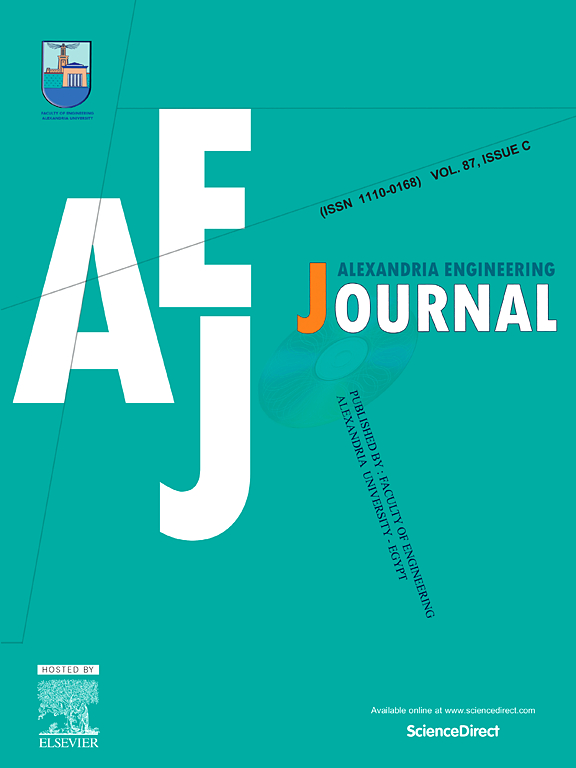The role of optimizers in developing data-driven model for predicting lake water quality incorporating advanced water quality model
IF 6.2
2区 工程技术
Q1 ENGINEERING, MULTIDISCIPLINARY
引用次数: 0
Abstract
Lake water is considered as one of the most precious freshwater resources for human consumption and thus, it is required to monitor the lake water quality (WQ) to maintain the good water state. For these purposes, the practice of integrating data-driven models in assessing and predicting lake WQ has received wider application. Nevertheless, the optimal performance of the data-driven models depends on the model hyperparameters and hyperparameter optimization techniques have crucial role in this regard. Therefore, the research aimed to assess the impact of various optimization techniques on these prediction models in order to predict the lake WQ. For the purposes of reliable lake water state assessment, this study presents a comprehensive analysis of lake WQ prediction, integrating sophisticated Root Mean Squared (RMS)-Water Quality Index (WQI) model with eight machine learning algorithms (ML), two Artificial Intelligence (AI) techniques, and five optimization methods. Comparing five optimization methods—Grid Search (GS), Random Search (RS), Bayesian Optimization (BO), Optuna (OPT), and Tree-based Pipeline Optimization Tool (TPOT)—revealed their significant influence on model performance and computational efficiency. Based on the analysis, random forest (RF) integrated with TPOT consistently demonstrated robust performance compared to other models, achieving an impressive R² value of 0.94 during training (Root mean squared error-RMSE= 0.85, Mean squared error-MSE= 0.73, Mean absolute error-MAE= 0.48, and Percentage of absolute bias error-PABE= 2.35), testing (RMSE= 0.43, MSE= 0.18, MAE= 0.15, and PABE= 0.19), and validation (RMSE= 0.96, MSE= 0.96, MAE= 0.823, and PABE= 1.08), indicating its precision in predicting lake WQ. The results reveal that TPOT and OPT show remarkable effectiveness in optimizing the hyperparameter space to enhance model accuracy across various ML/AI model combinations. The research findings suggest that RMS-WQI with RF-TPOT integration model could be effective to predict lake WQ that can be helpful approach for sustainable water resource management in terms of computational-cost efficiency and reliable WQ assessment. However, by addressing these complexities and highlighting the impact of various optimization techniques, the research provides crucial guidance for researchers, advancing the field of lake WQ prediction and ensuring effective utilization of ML/AI integration models.
求助全文
约1分钟内获得全文
求助全文
来源期刊

alexandria engineering journal
Engineering-General Engineering
CiteScore
11.20
自引率
4.40%
发文量
1015
审稿时长
43 days
期刊介绍:
Alexandria Engineering Journal is an international journal devoted to publishing high quality papers in the field of engineering and applied science. Alexandria Engineering Journal is cited in the Engineering Information Services (EIS) and the Chemical Abstracts (CA). The papers published in Alexandria Engineering Journal are grouped into five sections, according to the following classification:
• Mechanical, Production, Marine and Textile Engineering
• Electrical Engineering, Computer Science and Nuclear Engineering
• Civil and Architecture Engineering
• Chemical Engineering and Applied Sciences
• Environmental Engineering
 求助内容:
求助内容: 应助结果提醒方式:
应助结果提醒方式:


